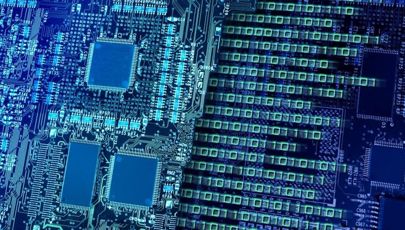Shakti: IIT Madras develops India’s first indigenous microprocessor
The researchers from Indian Institute of Technology Madras (IIT Madras) have designed India’s first indigenous microprocessor called ‘Shakti’. It is aimed at developing industrial-grade microprocessors and other components of the microprocessor ecosystem. It will also help to reduce dependency on imported microchips and risk of cyber-attacks.
Microprocessors are brain of all computing and electronic devices and are used to operate larger high-speed systems and supercomputers.
Shakti microprocessor
It was designed, developed and booted by IIT Madras with microchip fabricated in ISRO’s Semi-Conductor Laboratory at Chandigarh. It has been developed under project partly funded by Ministry of Electronics and Information Technology (MeitY), as part of two-decade-old efforts to develop indigenous microprocessors.
Its design originates from open source instruction set architecture (ISA), a set of basic instructions called RISC V, which makes it customisable to any device. ISA is programming or machine language and provides commands to processor instructing it on functions to be executed. RISC-V is open, free ISA which enables new era of processor innovation through open standard collaboration. It delivers new level of free, extensible software and hardware freedom on architecture.
Significance
It will reduce dependency on imported microchips especially in communication and defence sectors and thus eliminate risk of cyber-attacks. It can be used in mobile computing, wireless and networking systems. It may also provide power to mobile phones, smart meters and surveillance cameras.
Parashakti
IIT M researchers are now conducting research on ‘Parashakti’, an advanced microprocessor for supercomputers. It will be super scaler processor that will be ready by December 2018. It will have its applications in desktops and 32 such interconnected microprocessors may be used in supercomputers.
Month: Current Affairs - November, 2018


